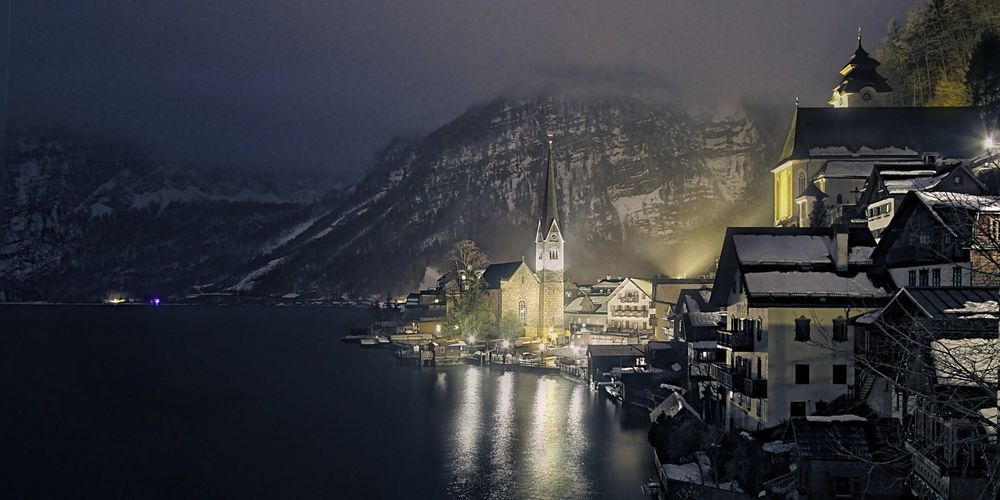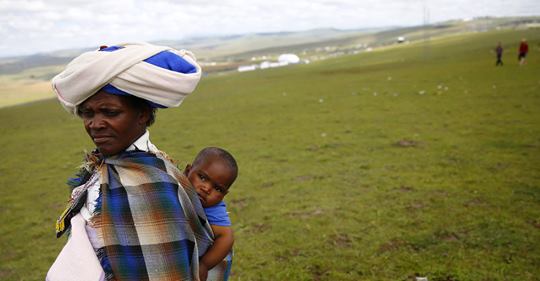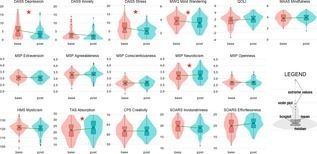» Download all images (ZIP, 59 MB)
What’s New: Intel is hosting its first artificial intelligence (AI) developer conference in Beijing on Nov. 14 and 15. The company kicked off the event with the introduction of the Intel® Neural Compute Stick 2 (Intel NCS 2) designed to build smarter AI algorithms and for prototyping computer vision at the network edge. Based on the Intel® Movidius™ Myriad™ X vision processing unit (VPU) and supported by the Intel® Distribution of OpenVINO™ toolkit, the Intel NCS 2 affordably speeds the development of deep neural networks inference applications while delivering a performance boost over the previous generation neural compute stick. The Intel NCS 2 enables deep neural network testing, tuning and prototyping, so developers can go from prototyping into production leveraging a range of Intel vision accelerator form factors in real-world applications.
“The first-generation Intel Neural Compute Stick sparked an entire community of AI developers into action with a form factor and price that didn’t exist before. We’re excited to see what the community creates next with the strong enhancement to compute power enabled with the new Intel Neural Compute Stick 2.” –Naveen Rao, Intel corporate vice president and general manager of the AI Products Group







